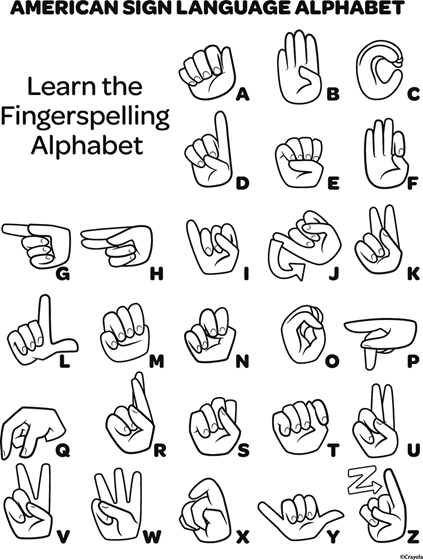
Recently, sign language has gained greater visibility and recognition in various aspects of life. One of the most notable examples is the widespread practice of many governments hiring and prominently featuring sign language interpreters during the COVID-19 pandemic. This brought attention to the essential role of sign language as a means of spreading information globally.
Is Sign Language Universal?
Many assume that sign language is a universal means of communication, transcending linguistic barriers. However, this is a misconception. Just as spoken languages vary across regions, sign languages are diverse and culturally unique. There are over 300 different sign languages worldwide, each shaped by its respective community and culture. Despite their differences, sign languages share a common purpose: bridging communication gaps and fostering inclusivity.
Sign Language Seeing the Light
It is empowering that the entertainment industry has taken an active role in promoting sign language. Movies and dramas such as Hear Me: Our Summer and Twinkling Watermelon have featured Deaf characters and sign language, increasing awareness and representation in mainstream media. A remarkable moment occurred when Soobin Chae, a Korean actress who recently played the role of a sign language interpreter in the drama When the Phone Rings, accepted her 2024 MBC Drama Award through the use of sign language. This was viewed as a meaningful show of solidarity with the Deaf community.

▲ The finger alphabet, mostly used for proper nouns @Crayola
Remaining Challenges
However, there are also some drawbacks. General education schools are often not equipped to provide enough support and resources to Deaf students. While universities may state in their syllabi that help is available, the provision of this is not standardized. In other words, some students may not be provided with the required support during lectures, revealing a decoupling between policy and practice in academic institutions.
The introduction of sign language in public events and the media underscores the need for more trained interpreters in education. While the demand for professional sign language interpreters has gone through the roof, supply is still scarce. The lack of interpreters not only slows down educational progress but also affects public services and cultural sectors.
A Step Towards Inclusion
February 3 marks Korean Sign Language Day, a designated day to raise public awareness and promote better communication with Deaf individuals. This observance serves as a reminder of the ongoing need to support and celebrate sign language as an essential means of communication.
Bridging the gaps in accessibility will create a more inclusive society where everyone, regardless of hearing ability, can fully participate in education, culture, and public life. The future of sign language is not just about visibility, but a matter of equal opportunities for all.
Reporter,
Jieun Park pk325382@g.seoultech.ac.kr


 Comment 0
Comment 0 Posts containing profanity or personal attacks will be deleted
Posts containing profanity or personal attacks will be deleted